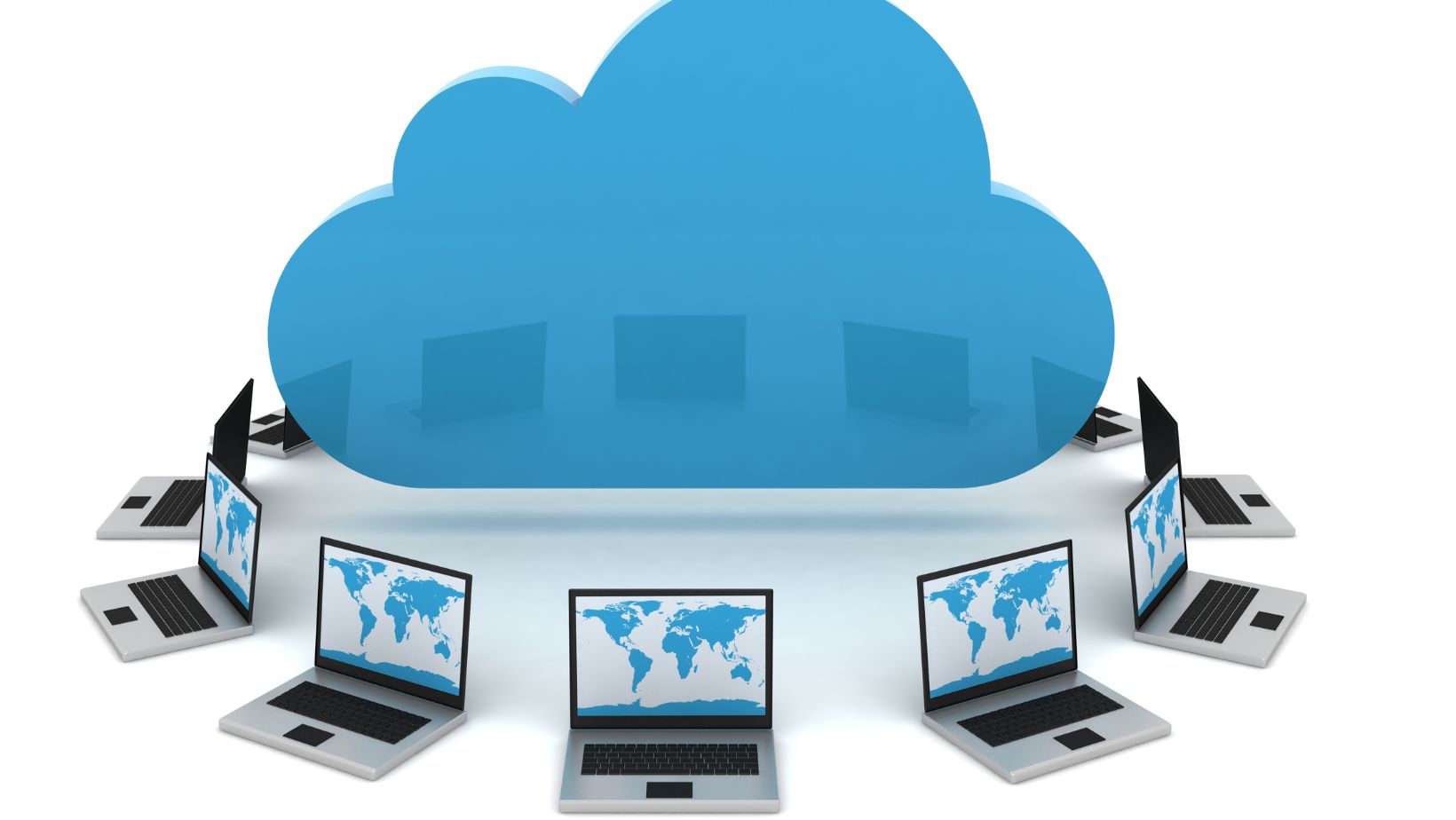Navigating the realm of cloud software licensing can be a game-changer for businesses in today’s digital landscape. As I delve into the intricacies of this vital component, I’ll shed light on the key aspects that can impact your organization’s operations and bottom line. Understanding the nuances of cloud software licensing is not just a necessity but a strategic advantage in maximizing efficiency and cost-effectiveness. In this article, I’ll unravel the complexities surrounding cloud software licensing, demystifying jargon and providing actionable insights to help you make informed decisions. From subscription models to compliance requirements, I’ll explore how the right licensing strategy can empower your business to scale and innovate with confidence.
Cloud Software Licensing

Cloud software licensing refers to the method by which software solutions are distributed to users on a subscription basis, allowing access to services hosted on remote servers. This licensing model eliminates the need for physical installation on individual devices, offering scalability and flexibility for businesses. Cloud software licensing is a subscription-based model that grants users access to software applications and services hosted on remote servers. It offers the advantage of flexibility, scalability, and cost-effectiveness, allowing businesses to adapt their software usage according to their needs. This model also simplifies updates and maintenance tasks, as they are managed by the service provider.
- Subscription-Based: Cloud licensing operates on a subscription basis, where users pay a recurring fee for access to the software. This model allows for easy scalability and cost management.
- Remote Servers: Cloud software is hosted on remote servers maintained by the service provider. Users can access the software from any device with an internet connection.
By understanding the key characteristics of cloud licensing models, businesses can leverage these benefits to optimize their software usage, enhance operational efficiency, and drive innovation in the digital landscape.
Benefits of Cloud Software Licensing
Cloud software licensing offers various benefits that can significantly impact businesses’ operations and cost-effectiveness. Let’s explore two key advantages in detail:
Cost Efficiency and Scaling

I streamline costs and effortlessly scale my software resources up or down based on my business needs with cloud software licensing. Instead of large, upfront investments in software licenses, I pay a recurring subscription fee tailored to my usage. This flexibility allows me to manage costs more effectively and allocate resources where they’re needed most. For example, if my team expands, I can easily add more user licenses without facing prohibitive expenses. Conversely, if I need to downsize, I can adjust my subscriptions accordingly without being tied down by excess licenses.
Accessibility and Flexibility

I enjoy unparalleled accessibility and flexibility with cloud software licensing. Since the software is hosted on remote servers, I can access it from anywhere with an internet connection, enabling me to work seamlessly across various devices. This accessibility boosts collaboration among team members, especially in remote or distributed work environments. Moreover, cloud software often offers automatic updates and maintenance, ensuring that I always have access to the latest features and security enhancements without manual interventions. This flexibility not only enhances productivity but also allows me to adapt quickly to changing business requirements.
Challenges in Cloud Software Licensing
When it comes to cloud software licensing, there are some challenges that businesses need to address to ensure smooth operations and compliance. Let’s delve into two significant challenges in this area.
Compliance and Security Concerns
Ensuring compliance with regulations and maintaining robust cybersecurity measures are crucial aspects of cloud software licensing. When utilizing cloud services, businesses must adhere to data protection laws to safeguard sensitive information. Additionally, addressing security concerns such as data breaches or unauthorized access requires vigilant monitoring and proactive measures.
Managing Multiple Licenses
Managing multiple licenses for various cloud software applications can become complex for organizations. Keeping track of licenses, renewal dates, and ensuring compliance with usage terms can be a daunting task. Moreover, optimizing license usage to avoid overspending while ensuring adequate coverage for operational needs poses a continual challenge. Efficient license management strategies are essential to streamline processes and mitigate risks.



